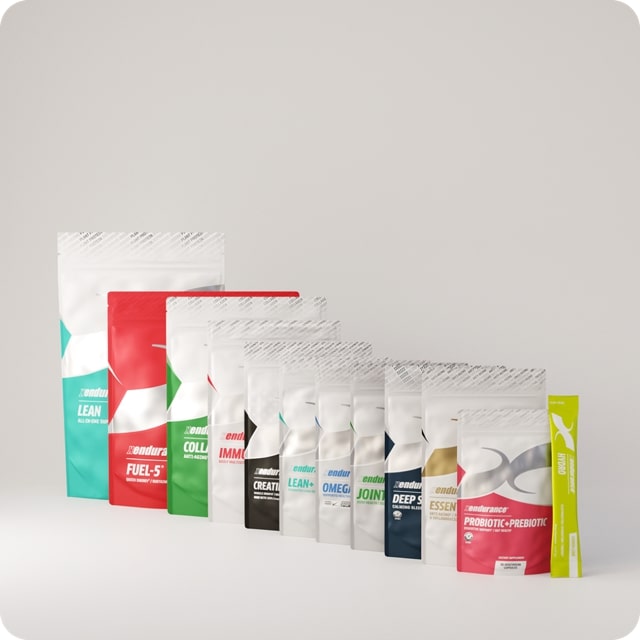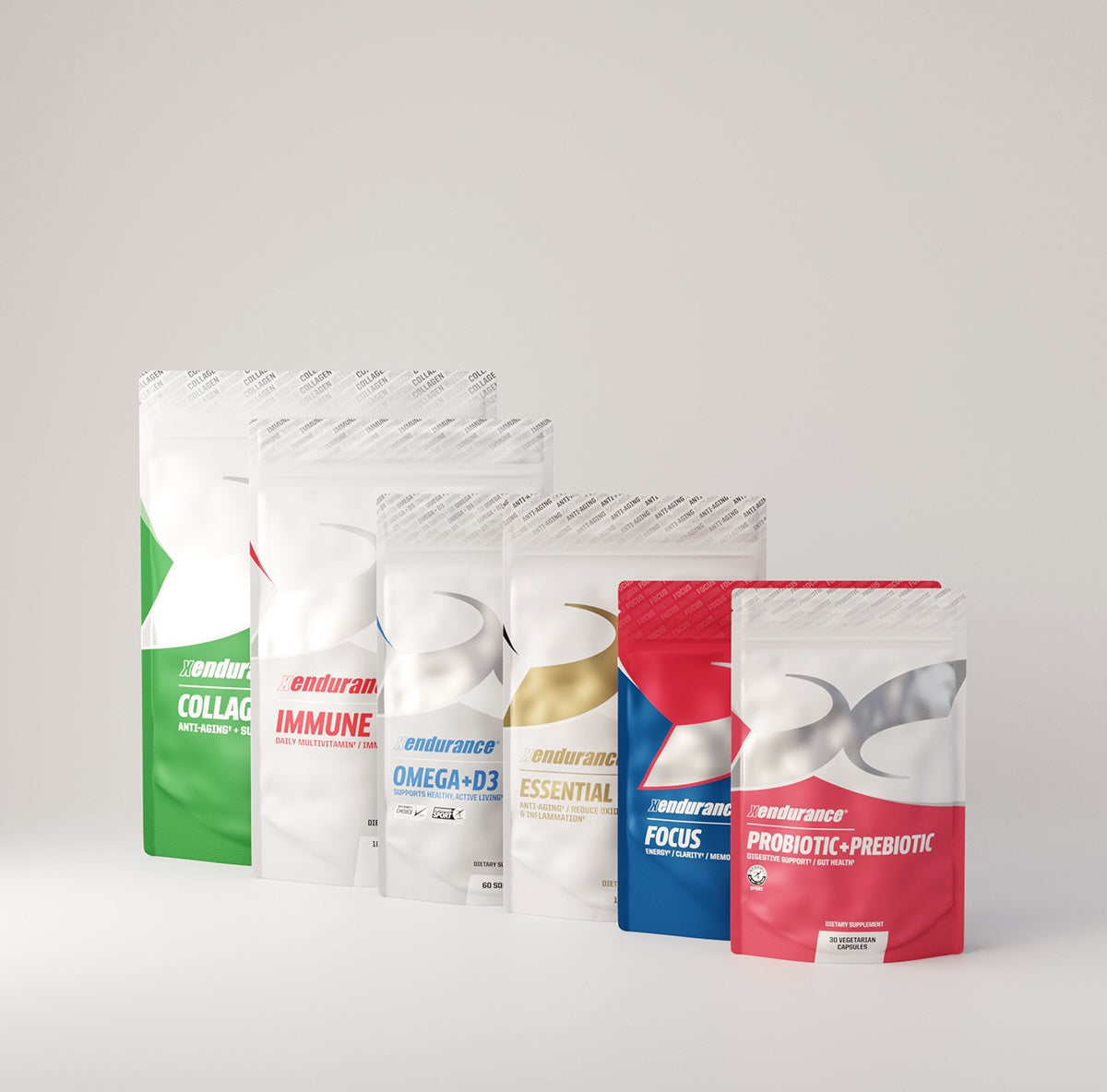If you're like most people who have a protein drink in the morning, you may experience stomach issues if you are sensitive to a whey product. The good news is that there might be a solution to help alleviate the cramping, bloating and discomfort that comes with drinking whey protein. In this blog post we will discuss 6 solutions you may want to try so your protein drink settles better in your stomach and helps you avoid the negative effects of whey protein powder.
What is whey protein?
Whey protein is a substance that is naturally occurring and can be found in dairy products. It is considered to be one of the most beneficial and complete types of protein because it contains 9 amino acids, which are essential nutrients our bodies need to function properly. However, there are disadvantages of whey protein powder for some people, including whey protein digestive issues. Whey protein helps build muscle mass and strength and provides for recovery after exercise.
What are the different types of whey protein?
There are three primary types of whey protein; whey protein concentrate (WPC), whey protein isolate (WPI), and whey protein hydrolysate (WPH).
- Concentrate (WPC): Is approximately 70–80% protein and contains some lactose, which is milk sugar, and WPC also contains fat. It is one of the more common types used in many protein products (and is the least expensive of the three types.)
- Isolate (WPI): Is approximately 90% protein and contains less carbs, lactose and fat then WPC. WPI is also more expensive because it undergoes extensive processing and is considered a more purified protein.
- Hydrolysate (WPH): WPH goes through an additional process whereby the protein breaks down the bonds that hold the amino acids together. This enhances the bioavailability and makes it easier for digestion. WPH is more expensive than WPC or WPI but it is the easiest to digest.
Now let's address your stomach issues. What can you do to comfortably take a whey protein product?
Six steps to solving whey protein side effects?
- Try adding digestive enzymes which help break down protein into small peptides and amino acids for better absorption. Some foods that contain these enzymes include: fig, pineapple, kiwi, mango, papaya, and yogurts.
- Try drinking slower and possibly taking smaller amounts at a time.
- Try using probiotics and possibly increase your fiber intake.
- Drink plenty of water!
- Try taking a product high in whey protein hydrolysate (WPH)
- If you have exhausted all types of whey, then maybe it's time to switch to a plant protein.
There are other suggestions when cramping and bloating just don't seem to go away after taking your protein drink. Exercise may help get rid of these symptoms in a short period of time. Don’t eat as fast (don’t chug your drink!) or don’t eat when stressed. (When are we all not stressed?) It really comes down to trial and error but it helps to know what type you are taking.
How To Read Your Protein Label
An important part of any protein formula is what is listed first. Read the back of the whey protein formula and look for the first protein listed on the supplement box or in the proprietary blend. If it is a whey protein hydrolysate, it means that there is more WPH in the protein blend than any other listed after. If it says concentrate, than there is more concentrate in the formula than other types of protein.
Ex;

This example shows that the Xendurance Protein contains more WPH than the other types listed because it is the first ingredient listed. WPH is the most bioavailable form and should digest better than the other types. The Xendurance Proteins contain over 70% WPH - which means you have a good chance of digesting this protein without issues.
Have you ever tried a protein product with this much WPH? If not, maybe this is your remedy!









Leave a comment
This site is protected by hCaptcha and the hCaptcha Privacy Policy and Terms of Service apply.